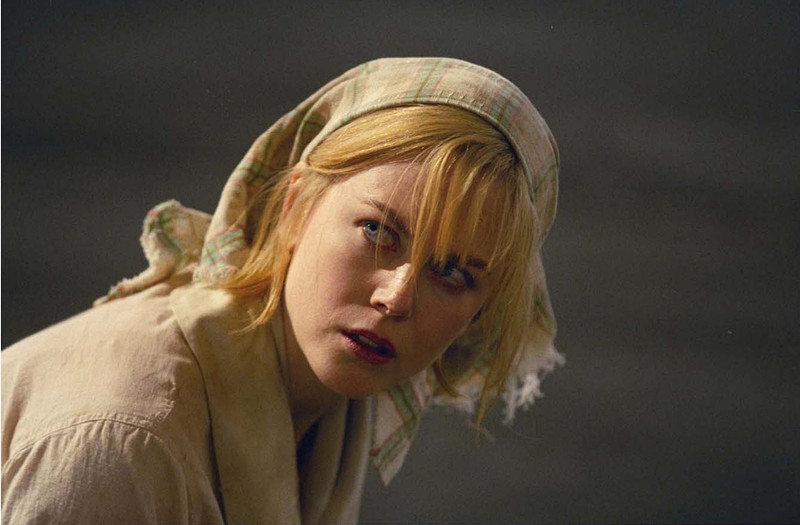
Cinema, just like mankind, has evolved with time. The transition has seen the medium reconstructed and refined to what we know it as today. There’s a great possibility that this might change as well some decades down the line.
Through these years of experimenting, there are a few that stand out, both in their inception and execution. Different aspects of film, such as story telling, character development, or camera techniques, were all challenged, culminating in the replacement of traditional wisdom with an intriguing and enthralling revolutionary hydra that might yet stand the test of time. Listed below is a list of some of the most original films in cinema’s long life. Leave your choices in the comments. Happy reading!
10. Satantango (1994, Béla Tarr)
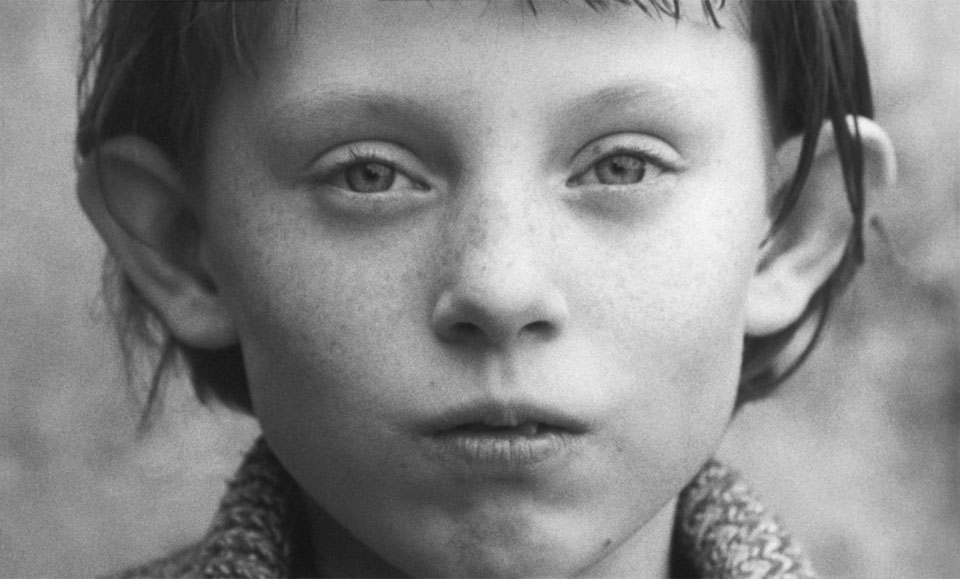
If there’s one film that’s challenging even for a hardcore cinephile, it is Satantango. Hungarian filmmaker Bela Tarr wrote his name in history books with this mammoth seven and a half hours long effort, which carries pure cinematic genius in every second.
The episodic feature follows the turbulent times in a small village in Hungary, marred by the decline of Communism, the great equalizer, and its disheveling consequences on its inhabitants. Through a motely of troubled characters and their ominous life stories, Tarr explores an unrepresented world through his patient lens, crafting in the process an incredible slow-burning masterpiece, that is truly the shining star of all filmdom.
Without being dull or languid, Tarr weaves together a mesmerizing universe that you gradually become an inseparable part of. If the he enthralling visual splendor isn’t enough, Satantango offers effective light-toned reprieves in between its heavy dramatic exposition.
Watching Satantango is a daunting task, one that requires great patience and maturity. But if you overcome the initial hesitance and the trivial, unavoidable technical formalities, an experience of a lifetime awaits.
9. My Dinner with Andre (1981, Louis Malle)
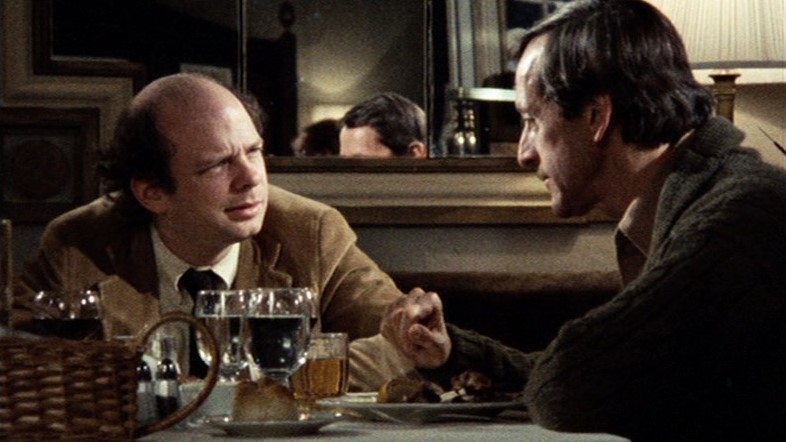
If there were to be a film that truly captured the binary perspectives of contemporary human psyche and philosophical history, it would be My Dinner With Andre. Featuring just two characters, Wally and Andre, the film’s run-time completely engages in a vibrant, yet vague, conversation between the two about the experiences of their lives. Wallace Shawn and Andre Gregory play fictionalized versions of themselves, somewhat like Larry David in Curb Your Enthusiasm, only way less toned down.
The two characters each take a half of the film and immerse you with their life experiences. While Andre’s anecdotes indicate toward his existential crisis placed in spiritualism, impulsiveness, and extravagance, Wally’s humanist and rather modest depiction points towards a man in mid-life crisis.
Andre is critical of the world around him, filled with pessimism and regret. Wally, on the other hand, veils his experiences, both good and bad, with a misguided and commonplace sense of optimism, thereby becoming more accessible to the masses as against Andre, whose musings might seem to ‘surreal’ to many.
The two also share credits for writing the screenplay, which is quite evident through their naturalistic delivery. There isn’t much director Louis Malle has to do, other than some routine close-ups and shot setting. The film’s transformational halves make it a distinct novella-like audio book, which will take some time to grow on you, but do so eventually with devastating effect.
8. Waking Life (2001, Richard Linklater)
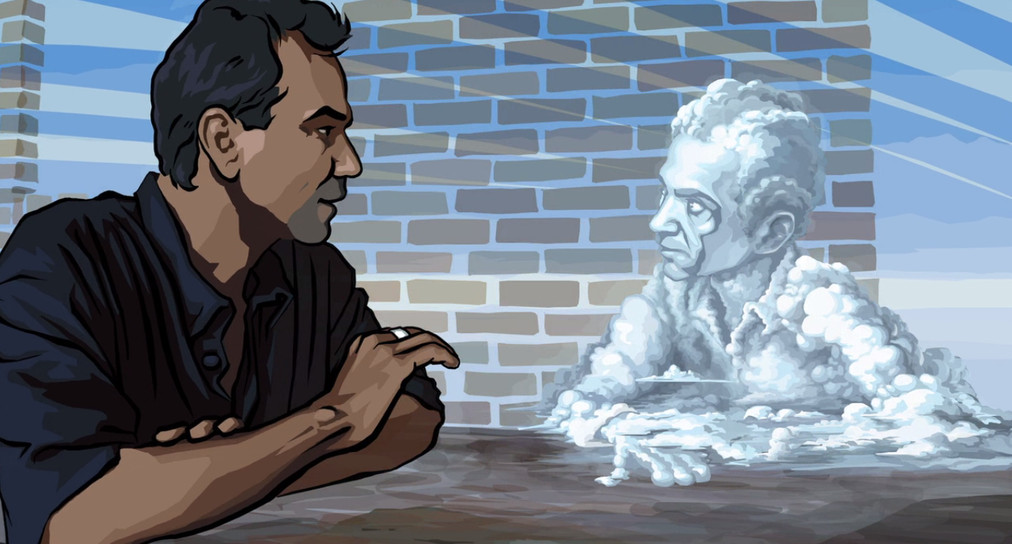
Linklater’s experimental filmography features more hits than misses. One of his biggest ones was Waking Life, an animated surrealist drama that revolutionized indie filmmaking and made DV camera stock an interesting alternative in the industry.
Shot on a shoestring budget, Waking Life embodies a visual spectacle, one that can’t be bought with studio-money and cutting edge technology, but is imagined and brought to life by a visionary auteur purely and wholly dedicated to his craft.
Not only is Waking Life’s aesthetic completely different from anything ever attempted before it, but also its highly intelligent and creative writing packs an ever-mightier punch. Linklater’s existential stamp is quite evident in the film’s starkly intense conversations about the meaning of life. In a series of different dreams, we are taken through every possible perspective on life and its philosophical grounding.
Linklater gambles big-time on almost everything with Waking Life, but comes out unscathed, saved by his love for movies and an immeasurable compassion for life.
7. Songs from the Second Floor (2000, Roy Andersson)
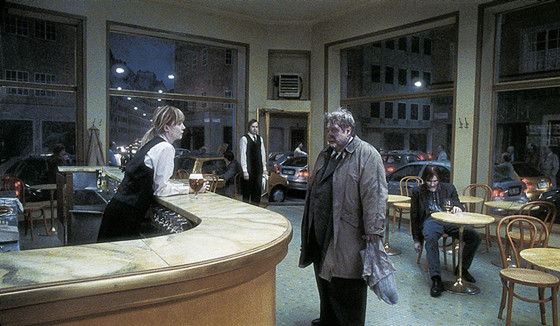
The world is hopeless and is slowly marching towards a dead end, we are totally out of ideas and that’s where Songs From The Second Floor shines, satirizing self destruction in a light hearted fashion and despite of having a pessimistic theme it is melodious and amusing too.
Set in a city where everything goes wrong, the film follows the daily life of some of the citizens and their problems only. Andersson has shed a light upon Man’s inability to move on, the characters seem to be stuck in limbo. In the ultra modern city businesses fail, a man burns down his own shop, people protest (but against whom?) and even a girl is used as a sacrifice in a hope for the betterment of the situation.
And through the eyes of Anderssson we experience something totally out of the book where melancholy meets anarchy and both are fused with music and even pain and misery looks funny here. The camera is static at most of the parts and the atmosphere is gripping, Andersson’s vision is surrealistic, the events are illogical but the film looks realistic and a perfect satire on despair.
6. Koyaanisqatsi (1982, Godfrey Reggio)
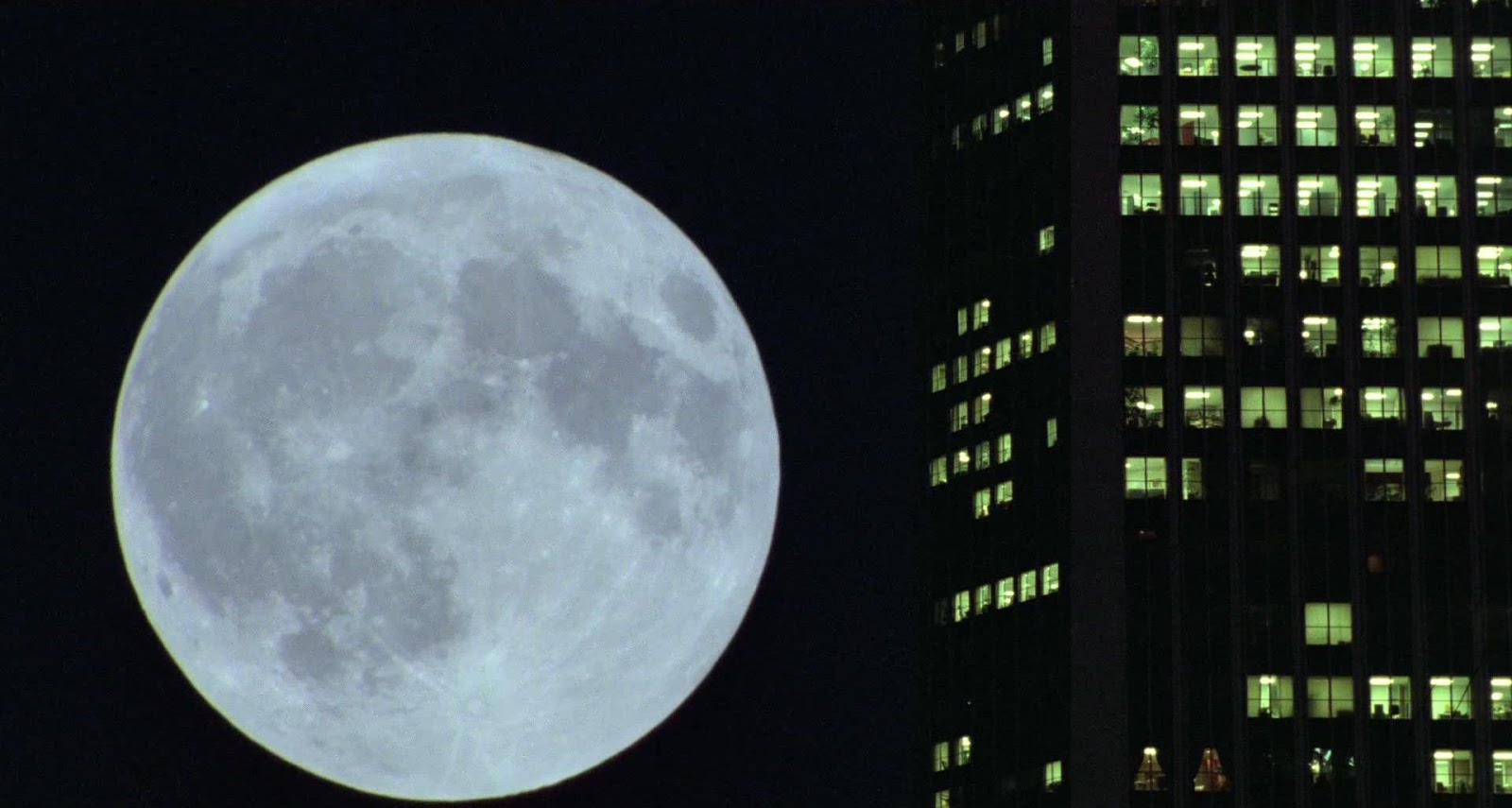
The art form of film has seen many inventions. The genesis can be traced down to silent movies with a coherent sequence of moving pictures to tell a story. This was followed by the vividness of Technicolor and the integration of sound and dialogue with the existing element of pictures.
With time and advancement in technology, people started experimenting with style and substance to create more affecting imagery and personal work. Koyaanisqatsi, though, does not fall into either category and derives its inherent uniqueness and significance from the very fact.
Helmed by Godfrey Reggio, this American film takes you on an unexpected and startling ride through the vastness of human civilization and the impending doomsday. The title means ‘unbalanced life’ in the Hopi language.
A generous mix of hyper-accentuated and languid, glacier-like imagery, Koyaanisqatsi is Reggio’s expression of his discontentment and indignation with the changing human ideals and lifestyles. The lack of written dialogues and absent voice-narration is explained by Reggio as “[…] not for lack of love of the language that these films have no words. It’s because, from my point of view, our language is in a state of vast humiliation. It no longer describes the world in which we live”.
Underscored by highbrow Kurdish symphonies and with its remarkable penchant for capturing human life in its purest form, Koyaanisqatsi is a life changing experience and a watershed moment in cinematic history.